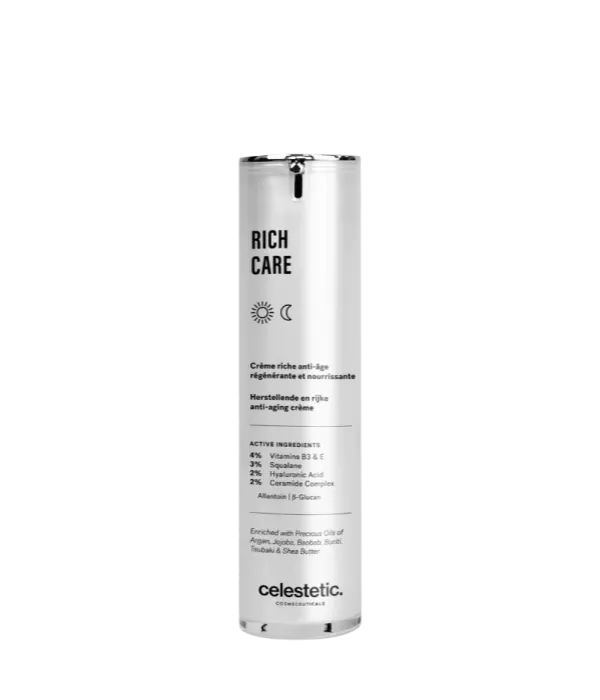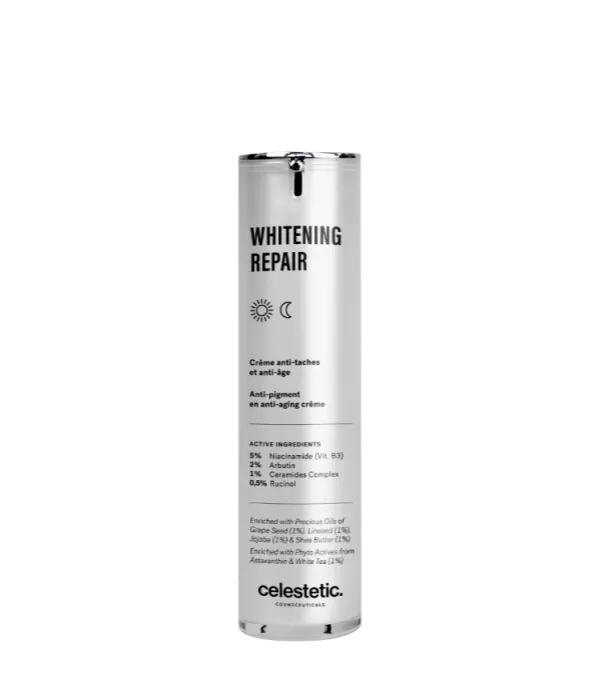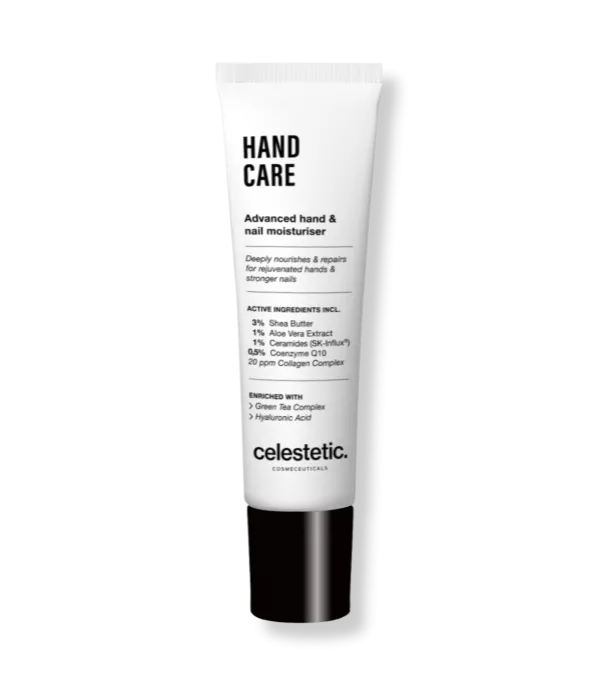Its mode of action

Ceramides have different modes of action:
Ceramides form a protective film on the skin's surface. This film reduces water loss that causes dehydration. The skin's natural barrier is restored and regenerated to retain moisture and prevent dryness.
In addition, this film blocks the penetration of irritants and allergens, giving ceramides a soothing and anti-irritant effect.
Ceramides also repair the skin barrier. Since they are naturally occurring lipids in the skin, they penetrate the skin and help reform the lipid lamellae.
Ceramides also have anti-aging properties. They reduce the formation of wrinkles and age-related skin dryness.







